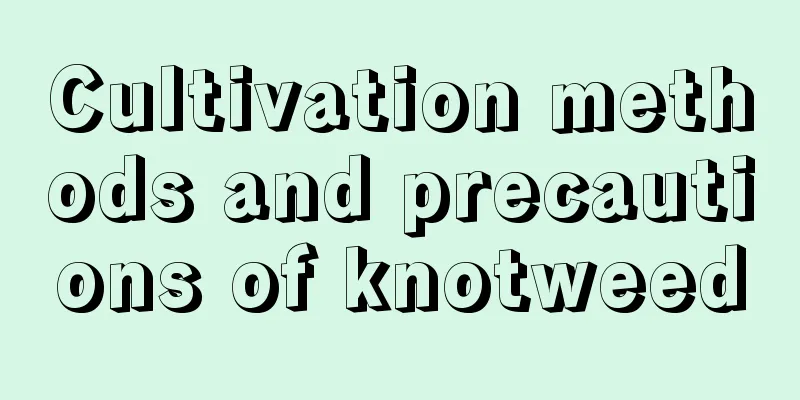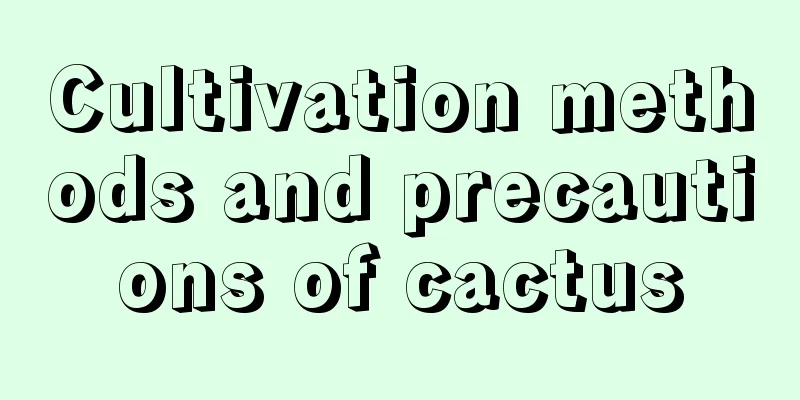Cultivation methods and precautions of knotweed

How to cultivate the fragrantsoilFragrant osmanthus likes fertile soil with good drainage and loose soil. Sandy soil is preferred and saline-alkali soil is avoided. For potted plants, a layer of broken tiles should be placed at the bottom of the pot to facilitate drainage. Light and temperatureFragrant osmanthus prefers a semi-shaded growing environment, a mild climate and is cold-resistant. In spring and autumn, the potted plants of Fragrant Hill need to be placed in a sunny place. When the sun is strong in the summer, the leaves tend to turn yellow and need shade. They can be placed in a cool and ventilated place for maintenance, but not too shaded. In winter, you can place your house indoors facing the sun and ensure that there is sufficient light. The temperature should be kept within a relatively mild range. It can tolerate low temperatures in winter, but be aware that excessive cold will delay flowering. Watering and fertilizingFragrant osmanthus likes moisture, but is not tolerant to waterlogging. It needs to be watered frequently during the growing season to keep the soil moist but not waterlogged. Fragrant osmanthus likes fertile soil, so the base fertilizer must be applied sufficiently, and the topdressing does not need to be too frequent. Basically, apply nitrogen fertilizer or compound fertilizer once in spring and summer, apply some wood ash in autumn and winter, and apply some nitrogen fertilizer after flowering. Things to note when growing jasmineReproductionThe propagation of Fragrant Osmanthus can be done by sowing, division, cuttings and layering. Seeds are generally sown as soon as they are collected; division is carried out in early spring; cuttings are also carried out in early spring, from February to March, and transplanted the following year; layering propagation requires the selection of thick branches, burying them in the soil, and transplanting them in winter and spring. DiseasesFragrant osmanthus can be attacked by diseases such as white rot and viral leaf curl. The occurrence of these diseases is related to the maintenance environment. During the maintenance of the fragrant wood, prevention is the main approach, and if diseases are discovered, they need to be treated with pesticides. |
<<: The aroma of 6 plants can actually prevent and cure diseases
>>: Myrtle cultivation methods and precautions
Recommend
How to save a frozen Schefflera
1. Observation When Schefflera is frostbitten, it...
Where do Tremella seeds come from?
How do Tremella seeds come from? Under suitable c...
Where are the most suitable places for growing morels?
Introduction to Morels Morels belong to the Ascom...
How to plant morning glory? Planting time and method
Morning glory planting time The best time to plan...
What to do if crystal palm has root rot
Why does the crystal palm root rot? Crystal palm ...
How and when to plant mustard tuber? Which month is the best for planting?
Suitable planting time for mustard tuber The plan...
Lotus root planting method and time
Lotus root is a root vegetable that can not only ...
What to do if heather drops leaves
1. Unsuitable soil Heather generally prefers fert...
How to plant lantern flower
1. Prepare materials Scissors, flower pots, shove...
Can gold diamond be hydroponically cultivated? Hydroponics methods and precautions
Can gold diamond be hydroponically cultivated? Go...
How to plant white chrysanthemum
Seed preparation tools Transparent plastic cups (...
Worship! Land and take root, strong reproductive capacity
Reproduction of ground roots These are the small ...
How to make the trunk of bougainvillea thicker
1. The flower pot should be suitable When choosin...
How to grow Mirabilis jalapa
Planting method Seed propagation method When prop...
Causes and treatments for yellow leaves on green plants
1. Excessive watering 1. Reason: Green plants nee...









